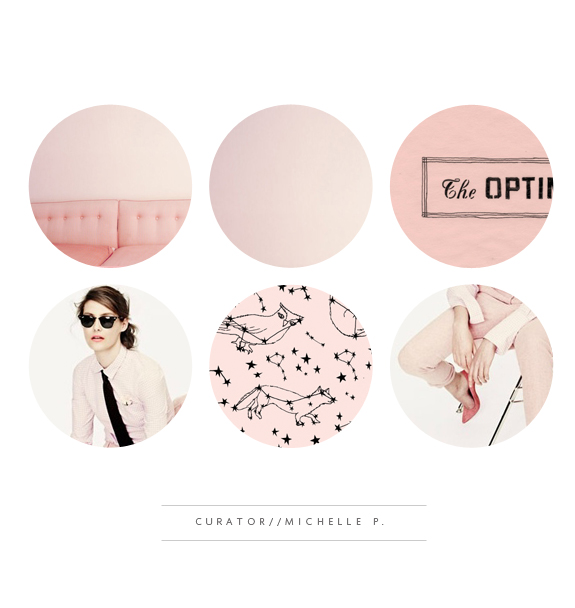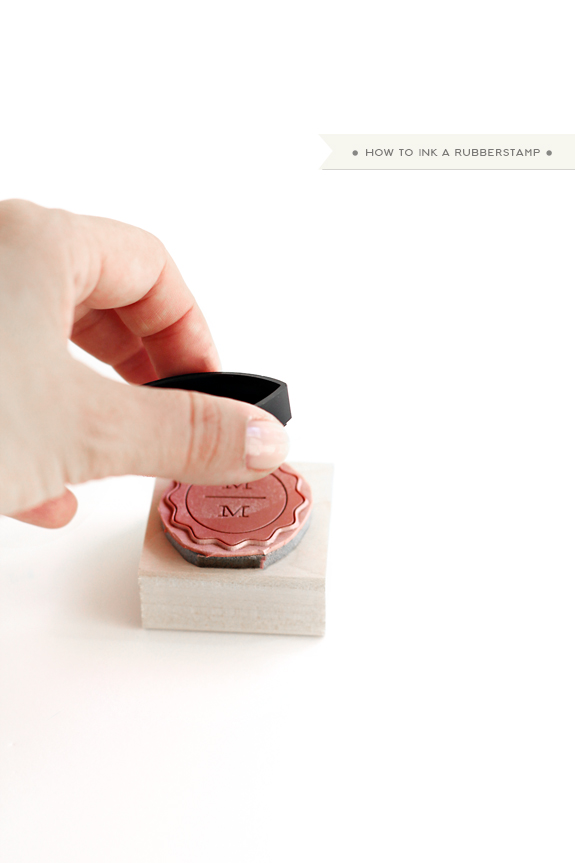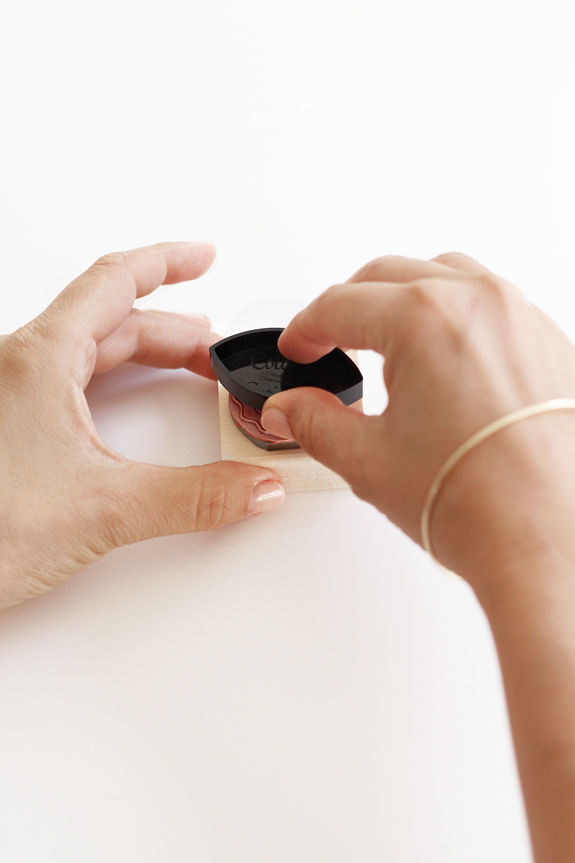And because I love you but haven’t had a chance yet to put together a proper tutorial I will try to add a product photography tip to for those that have been as frustrated as myself in your product photography journey.
To avoid odd color casts (green, yellows, blues, magenta, etc.) on your white backgrounds when shooting in natural light make sure you are not near anything that will throw a color tone on your background. What am I talking about? I am talking about things like grass or trees from outside, brightly painted walls and even the clothing you are wearing (I try to wear a white t-shirt when shooting). At my old studio /dining room I
And because I get asked this about 200 times a day (I send out a lot of emails, no wonder I haven’t taken over the world yet, hmmm) and it has only taken me four years to add this (and I promise I will add it as an easy reference link in the near future), this is what I shoot with:
For my product shots I mostly use my 50mm 1.4 lens, it’s not the best lens for product photography (but not the worse either). I have been saving up my pennies for the 100mm macro. I have rented that lens from here and it not only shoots beautiful product shots but is an excellent portrait lens too. If you only have the 18-55mm kit lens (usually comes with your camera), don’t fret that lens actually has nice up close capabilities but you will want to make sure your set-up is well lit as the aperture doesn’t open very wide. If you want to upgrade to a good prime lens the nifty 50/50mm 1.8 is usually around $100 and is such a great deal. I do use a tripod, as much as I feel it’s a hassle, I find it a necessary evil. I have mentioned the Lowell Ego lights for years, I haven’t tried any other lights but I promise that no one can ever tell the difference in my photographs from the ones that I’ve taken in natural light versus the ones I have shot in a darkened room with the Lowell ego lights. I have found the least expensive place to buy them is on Amazon and that’s true for all the products above, it’s a competitive marketplace so you will find multiple prices for the same product and have the added security that if you are unhappy with a purchase they will take good care of you. Sheesh, I sound like a commercial. I do want to try the large continuous lights but they aren’t in my budget. I went to a workshop hosted by sweet Dani, the woman that hosted it had an Etsy shop for vintage clothing she had the continuous lights and a permanent mini photo studio set-up at all times; her shots + set-up made me coo coo with envy.






